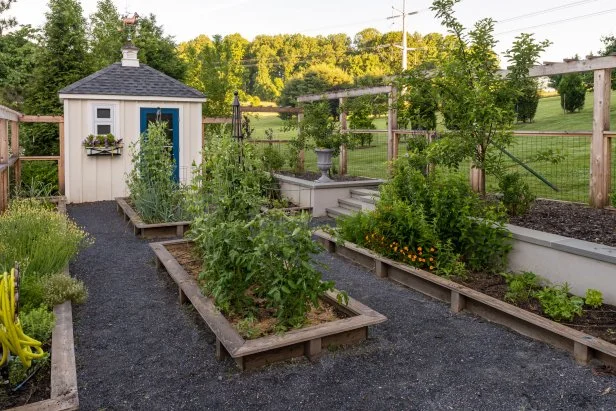Welcome to the fascinating world of fermenting foods at home! This age-old practice not only enhances flavors but also has numerous health benefits. As you embark on this journey, you’ll discover how easy it is to turn simple ingredients into delicious, nutritious foods right in your own kitchen.
Fermenting foods at home is an accessible way to preserve seasonal produce, reduce food waste, and connect with the rhythms of nature. This process involves the transformation of food by the action of microorganisms, such as bacteria and yeast, which convert sugars into alcohol or acids. The result is a delightful array of flavors and textures, perfect for enhancing your meals.

What is Fermentation?
Fermentation is a natural process used by humans for centuries to preserve food and enhance its flavors. It involves the breakdown of carbohydrates by bacteria, yeasts, or other microorganisms under anaerobic conditions. This simple process not only extends the shelf life of foods but also boosts their nutritional value.
The Benefits of Fermenting Foods
There are numerous benefits to fermenting foods at home. First, it can improve gut health by introducing beneficial bacteria into your diet, which aids in digestion. Fermented foods are also rich in vitamins, enzymes, and probiotics, which can enhance your immune system and overall well-being. Additionally, fermentation can improve the flavor and texture of foods, making them more enjoyable to eat.
Getting Started with Home Fermentation
Starting your fermentation journey is easier than you might think. You’ll need a few basic tools, some fresh ingredients, and a little patience. Here’s a simple guide to get you started:
Essential Tools for Fermenting Foods at Home
- Fermentation Jars: Glass jars with airtight lids are perfect for small-batch fermentation.
- Weights: These keep your ingredients submerged in the brine, preventing mold growth.
- Airlocks: These allow gases to escape while preventing air from entering the jar.
Choosing the Right Ingredients
When fermenting foods at home, it’s essential to choose fresh, high-quality ingredients. Vegetables like cabbage, carrots, and cucumbers are popular choices for beginners. You can also experiment with fruits, herbs, and spices to create unique flavors.
Popular Fermented Foods to Try
There are countless foods you can ferment at home, but here are a few popular ones to get you started:
Sauerkraut
Sauerkraut is a classic fermented food made from cabbage and salt. It’s tangy, crunchy, and packed with probiotics. To make sauerkraut, simply shred cabbage, mix it with salt, and let it ferment in a jar for a few weeks.
Kimchi
Kimchi is a spicy Korean dish made from fermented vegetables, typically cabbage and radishes, seasoned with garlic, ginger, and chili peppers. It’s a versatile side dish that adds a flavorful kick to any meal.
Kombucha
Kombucha is a fermented tea beverage that’s slightly effervescent and packed with probiotics. To make it, you’ll need tea, sugar, and a SCOBY (symbiotic culture of bacteria and yeast). The fermentation process takes about a week, resulting in a refreshing drink that’s perfect for hot days.
Tips for Successful Fermentation
To ensure successful fermentation, keep the following tips in mind:
- Temperature: Most fermentations occur best at room temperature (60-75F or 15-24C).
- Cleanliness: Ensure all your tools and containers are clean to prevent contamination.
- Patience: Fermentation takes time, so be patient and let the process unfold naturally.
Troubleshooting Common Fermentation Issues
While fermenting foods at home can be a rewarding experience, you may encounter some challenges along the way. Here are a few common issues and how to address them:
Mold
Mold can develop if the ingredients are not fully submerged in the brine. To prevent this, use weights to keep everything submerged and ensure your jars are airtight.
Off Smells
Fermented foods should have a pleasant, tangy aroma. If you notice any off smells, it could be a sign of contamination. In this case, it’s best to discard the batch and start fresh.
Embracing the Homesteading Lifestyle
Fermenting foods at home is a wonderful way to embrace a more sustainable, self-sufficient lifestyle. By preserving your own food, you can reduce waste, save money, and enjoy the satisfaction of homemade, nutritious meals.
For more tips on starting a homestead garden, check out this homestead garden guide. Additionally, if you’re new to homesteading, you might find this homesteading overview helpful.

FAQ Section
What are the health benefits of fermented foods?
Fermented foods are rich in probiotics, which can improve gut health, boost the immune system, and enhance digestion.
How long does fermentation take?
The fermentation time varies depending on the food and environmental conditions. Most ferments take between a few days to a few weeks.
Can I ferment foods without special equipment?
Yes, you can start fermenting with basic tools like glass jars and weights. As you gain experience, you can invest in specialized equipment.
For more ideas on living sustainably, explore this backyard homesteading guide.





